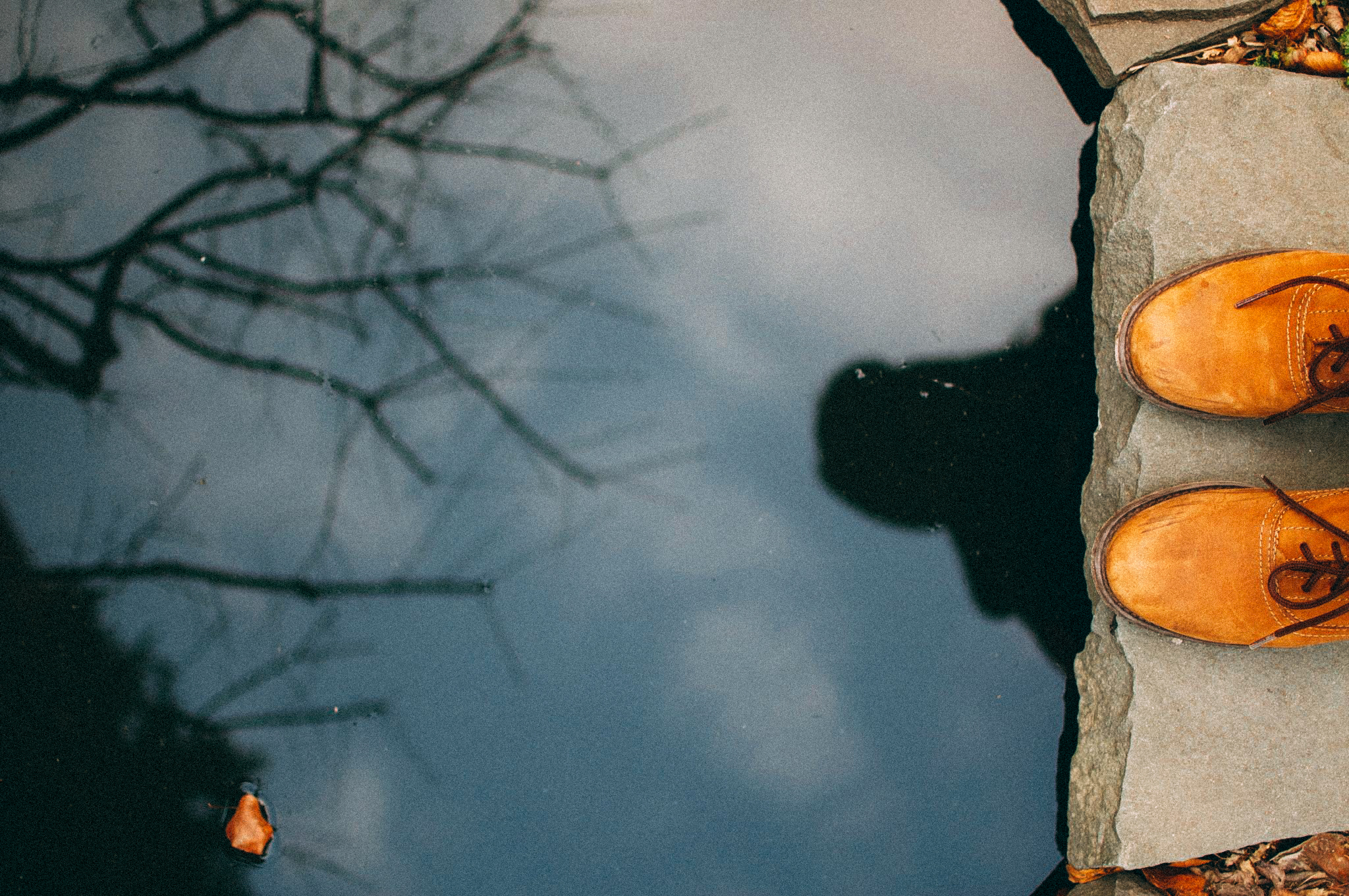Photography taught me how to see. It taught me to listen using my eyes, rather than my ears alone.
This is something that I have carried with me throughout the beginning of medical school. Though some people assume that the arts and the sciences do not mix, photography has actually informed how I envision my work as a physician. In fact, I believe that many forms of creative practice have the ability to teach us lessons relevant to patient care.
Before I moved from California to New York to start college, my dad gave his old Nikon to me. It was clunky, and I did not know how to use it. But it felt right to hold it in my hands. As I awoke to the visual world around me, the way that I saw it physically changed. I began to look for details and make observations as I walked around the streets of New York. It was as if I had put on glasses for the first time, and everything had suddenly come into focus. I would find birdhouses in the hidden gardens of the East Village, dramatic geometries of the city’s skyscrapers, and new shades of blue in the berries at the farmer’s market. The way that the sunset would softly touch someone’s hair reminded me of the everyday beauty that exists. The delicate intricacies of everyday life became more apparent, and thus, more significant.
One warm spring day, I went to the botanical garden with one of my friends. Trees with luscious, pale pink petals, grassy fields and flowers of all colors enveloped us. Though my friend had faced her share of hardships recently, I sensed a change in her that day. She was climbing trees and hiking through the forest in a way that made it seem like she was shedding a layer of misery off and reemerging as a new soul. She felt free.
Because I had my camera with me, I wanted to capture this moment. When looking through the viewfinder, I began to pay attention. Where did her gaze fall? What was she doing with her hands? How did she fit into her environment? The process of photographing her became a dance between us in which we each reacted to one another. With every photo I took, I sought to elicit and interpret her personal story.
Making a portrait of someone is an intimate experience, much like a conversation with a patient. In both cases, I want the person I am with to feel cared for, valued and comfortable. Both require a certain kind of respect, earned trust, and a willingness to sit back and watch.
When we gather a patient’s history, we use all of our senses, including sight. Visual clues that patients give, such as their body language or facial expressions, lead to important diagnoses and better understandings of their emotions. Perceiving these subtleties allows us to respond with greater empathy and sensitivity, which likely results in better care. Now, when I encounter patients, I do my best to listen with my eyes.
Photographing people taught me that the active search for someone’s narrative is essential to human connection. That connection is sacred and lies at the heart of medicine.
Given how much photography has enriched my appreciation for the humanity of others, I wish to encourage medical students to also nourish the creative parts of themselves. This is not about the result, but rather the practice itself. Things as simple as keeping a journal, buying a watercolor set, or reading books from diverse authors can help us expand our capacity for imagination. Activities like these do not need to be seen as outside of medical school, but rather integrated into our process of learning and growth.
As medical students, we are warned that our empathy will fade with time and that our emotional intelligence will falter. We need to address this problem with broad changes to our education, and it is worth considering a wide array of solutions that we can try now to stem this tide.
Medical schools seek to develop “humanistic” physicians, but what does that really mean? Perhaps that means incorporating things that both encourage us to reflect on our own transformation and push us to deepen our consciousness of others. If that is the case, the arts and humanities have the potential to play a meaningful role in this journey.
Image source: photograph courtesy of the author Olivia Low


